Heritage and History
....The experience of the North Fork Valley is unlike any other in Colorado.
The reality of this valley runs in contrast to much of what the casual armchair traveler might expect.
Though it is bounded on the east by the gorgeous West Elk Mountains, this is neither a true alpine community, nor one defined by ski culture… and it is certainly far from the metropolitan experience of the front range of this fine state.
The physical setting of the Valley –-- tucked between the mountains to the east, the Grand Mesa to the North, and the canyons and high desert of the southwest and west portions of the county make this a distinct sliver of paradise --- and one with its own identity.
The reality of this valley runs in contrast to much of what the casual armchair traveler might expect.
Though it is bounded on the east by the gorgeous West Elk Mountains, this is neither a true alpine community, nor one defined by ski culture… and it is certainly far from the metropolitan experience of the front range of this fine state.
The physical setting of the Valley –-- tucked between the mountains to the east, the Grand Mesa to the North, and the canyons and high desert of the southwest and west portions of the county make this a distinct sliver of paradise --- and one with its own identity.
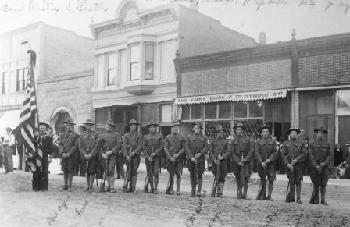
Paonia, Grand Avenue, 1918---WWI. Middle building is now Blue Sage Center for the Arts.
The Valley had been the longtime home of the Ute Indian people prior to their 1881 “relocation” to a barren reservation in northern Utah, following the Meeker Massacre.
The first Anglo settlers of this valley immediately recognized its agricultural promise – with its potential for irrigation, rich bottomlands and mild climate – and set about planting extensive orchards.
The first fruit trees were planted in the early 1880’s and by the 1892 Chicago World’s Fair, Paonia fruit was already winning top prizes.
The first Anglo settlers of this valley immediately recognized its agricultural promise – with its potential for irrigation, rich bottomlands and mild climate – and set about planting extensive orchards.
The first fruit trees were planted in the early 1880’s and by the 1892 Chicago World’s Fair, Paonia fruit was already winning top prizes.
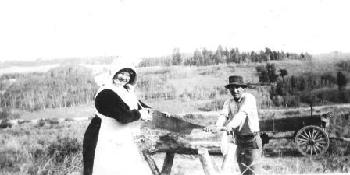
John and Florence Young on Black Mesa on vacation---1916.
While much has changed in the past century and a quarter, the importance of “the land” has remained a constant.
As with the early settlers, those pursuing agriculture today pay close attention to what best “fits” the land.
For instance, some ground is ideal for grazing livestock or growing hay, while other land is well suited for fruit crops, vineyards or vegetable crops – the determining factor in land use often being altitude, soil quality, terrain and the availability of irrigation water.
As with the early settlers, those pursuing agriculture today pay close attention to what best “fits” the land.
For instance, some ground is ideal for grazing livestock or growing hay, while other land is well suited for fruit crops, vineyards or vegetable crops – the determining factor in land use often being altitude, soil quality, terrain and the availability of irrigation water.
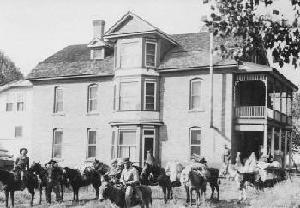
Paonia's Bross Hotel 1904-1909.
Since the 1880’s, agriculture and animal husbandry have been not only a means of making a living, but have become enmeshed in the fabric of the community’s identity.
Authentic (non-Hollywood-style) cattle ranchers, cowboys, and sheepmen still care for their herds much as did their forbearers.
While cattle and sheep still dominate, a closer look will reveal diversification, in some instances, into buffalo and elk.
Authentic (non-Hollywood-style) cattle ranchers, cowboys, and sheepmen still care for their herds much as did their forbearers.
While cattle and sheep still dominate, a closer look will reveal diversification, in some instances, into buffalo and elk.
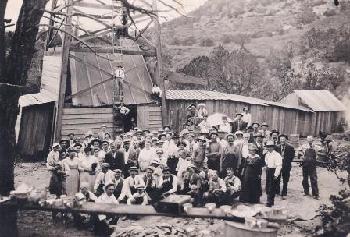
A North Fork Oil Well---T.Blackwell and Horace Duke drilling it.
And along with diversification in livestock ranching, there has been a strong trend in crop and fruit farming towards the “organic”.
Growers are finding that small-scale farming can be profitable with the right mix of creativity and niche identification.
The early settlers might be surprised, in some manner, to observe the quickly growing local wine and organic fruit and vegetable operations.
However, though the changes in agriculture are significant, the spirit of determination and the creativity that has paved this new path are qualities that would have been well understood by the area’s settlers.
Growers are finding that small-scale farming can be profitable with the right mix of creativity and niche identification.
The early settlers might be surprised, in some manner, to observe the quickly growing local wine and organic fruit and vegetable operations.
However, though the changes in agriculture are significant, the spirit of determination and the creativity that has paved this new path are qualities that would have been well understood by the area’s settlers.
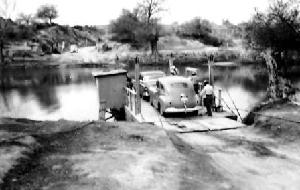
The ferry at Hotchkiss on the North Fork of the Gunnison River.
The creative impulse which has allowed the Valley to maintain its agricultural relevance expresses itself, as well, through a vibrant community of artists and artisans. The cultural resources of this valley are to be seen all around.
There are two non-profit art centers – the Blue Sage Center in Paonia and the Creamery Arts Center in Hotchkiss, offering displays of fine art as well as instructional classes, lectures, performance art and public events.
Hotchkiss is home to the Hotchkiss-Crawford Historical Museum, and Paonia is home to the North Fork Historic Society Paonia Museum. Black and white photos this page courtesy of the Hotchkiss-Crawford Historical Museum and M.Bruce-Tate.
There are two non-profit art centers – the Blue Sage Center in Paonia and the Creamery Arts Center in Hotchkiss, offering displays of fine art as well as instructional classes, lectures, performance art and public events.
Hotchkiss is home to the Hotchkiss-Crawford Historical Museum, and Paonia is home to the North Fork Historic Society Paonia Museum. Black and white photos this page courtesy of the Hotchkiss-Crawford Historical Museum and M.Bruce-Tate.
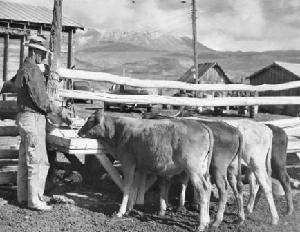
Feeding calves at Maher in the 1950s.
Paonia is also home to the independent Paradise Theatre and KVNF Public Radio (90.9fm). The Paradise is a venue which shows not only Hollywood and independent films, but also features a great slate of local and touring live music. KVNF public radio is a cultural resource of great relevance to the area, with most of the programming originating locally.
The Valley has the advantage of being called ‘home’ by many with artistic talent – but without the pretension that sometimes infects areas well known for their art scenes.
The North Fork Valley can hardly help but be inspirational to the visitor as well as the full-time resident. We call it home, and a fine home it is.
The Valley has the advantage of being called ‘home’ by many with artistic talent – but without the pretension that sometimes infects areas well known for their art scenes.
The North Fork Valley can hardly help but be inspirational to the visitor as well as the full-time resident. We call it home, and a fine home it is.
